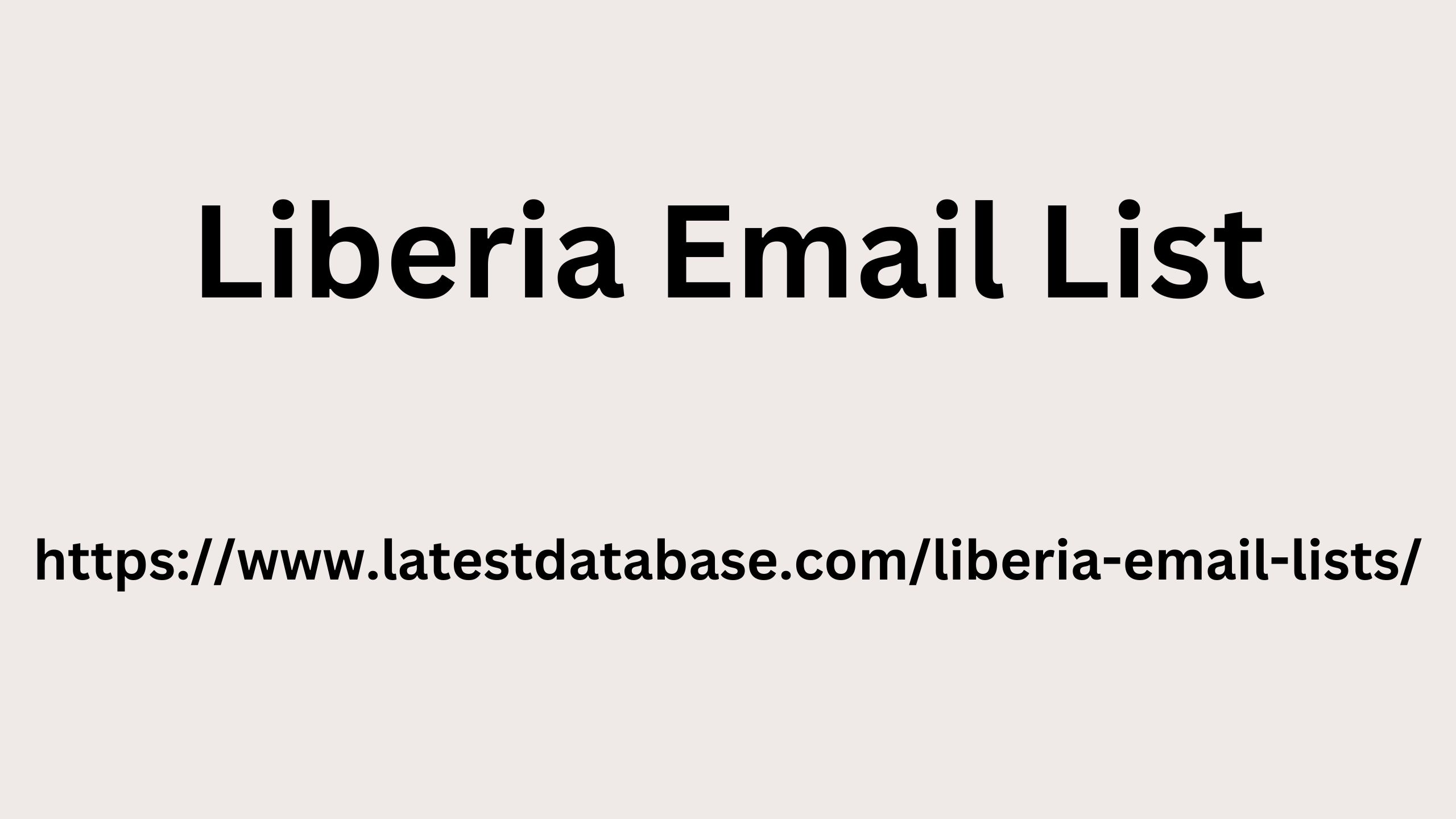|
|
Nonetheless, the decision to alter branding resources is not done randomly. In theory, changing central branding devices can help people to remember the traditional logo more easily. But when everyone does it, all the time, often for the same reason, and over the exact same period, is the effect still so impressive? given every other brand has the same rainbow hue? An example of rainbow washing A very polemic case of rainbow washing happened with Barilla, a multinational food company.
Everything started back in 2013 when the CEO, Guido Barilla, said in a live Liberia Email List interview that he would never make a commercial with a homosexual family. Obviously, the comment caused global outrage, generating the hashtag #boycotbarilla. The crisis was a catalyst for talking about Diversity and Inclusion, and it took almost five years to clean the company’s reputation. However, the criticism from the LGBTQIA+ community is still there. Barilla is still accused of pink washing.

After the homophobic comments of their CEO, adding a rainbow to the package is not enough to show solidarity with the community. This cautionary tale teaches us that if we really want to enter the “LGBTQIA+ friendly wave” we have to make sure to do it with the right intentions. Let’s think. Why do brands choose to show themselves as diverse? Younger generations are more aware of some of the world’s problems. Thus, they are more willing to support more altruistic causes.
|
|